Stretching along the southern end of the Great Dividing Range, between the Hunter River Catchment and the Tuggerah Lakes, WataganMountains are part of the Eastern Escarpment World Heritage area. Only an hour’s drive north of Sydney, these mountains containpatches of rainforest that trace their origins to the ancient supercontinent of Gondwana.
Despite being made up of a fragmented patchwork of protected areas, Watagan mountains support a great wealth of biodiversity. Finding Watagans’ wildlife takes a little bit of effort and knowing when and where to look for it. One of the best and easily accessible places to base yourself for discovering the area is the Basin camping ground in Olney State Forest. The facilities at the Basin are very basic – toilets, wooden table for dining, fire pits and a large grassy clearing to pitch your tent. So you will need to bring your own cooking gear and food.
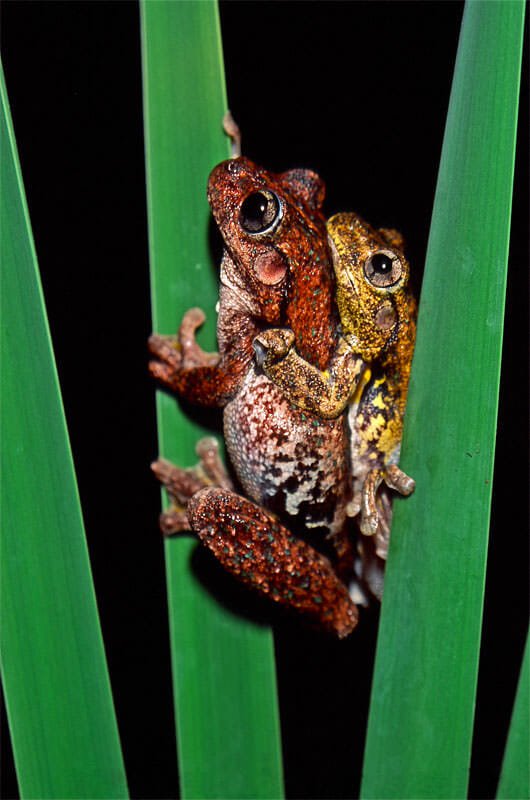
As the night falls, the Basin comes to life with a cacophony of frog calls. The stream that runs past the camp site is home to a variety of species. The most numerous and the most vocally dominant are Perron’s tree frogs (Litoria peronii). They can be found clinging to aquatic vegetation, sitting on the banks of the stream or on the trees growing along the creek. One of Sydney’s best looking amphibians – Blue Mountains tree frog (Litoria citropa) can also be spotted near the creek. The reeds in the creek are a good place to look for the brightly colored Leaf green tree frog (Litoria phyllochroa), the miniature Eastern dwarf tree frog (Litoria fallax) and Bleating tree frog (Litoria dentate).

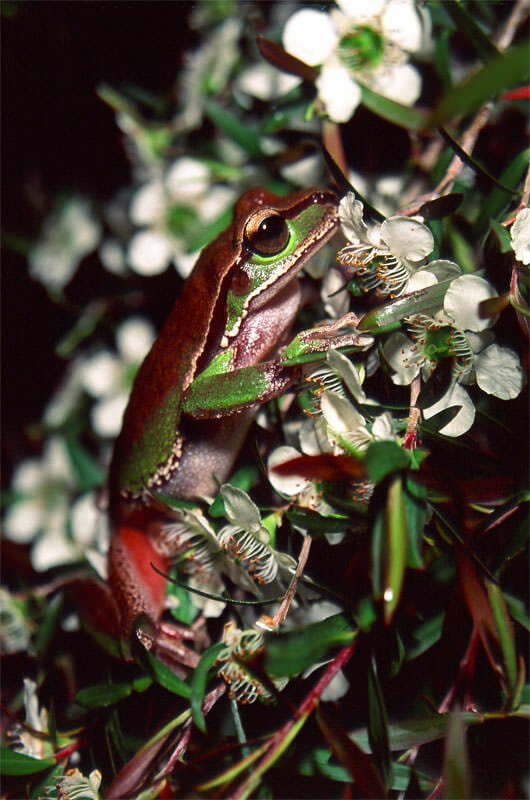
Typically, frogs are more often heard than seen. It is not surprising, since singing serenades in the dead of the night is a sure way to attract predators. To avoid being discovered by predators male frogs prefer to call from concealed locations and can be notoriously difficult to find. The best way to locate a calling frog is by triangulating its location. This method involves three people standing some distance away from each other listening to the call and pointing their torch beams to the spot where each of them believes the call to be coming from. The spot where all three torch beams intersect is where the frog should be.
Explorations further afield reveal even more amphibian diversity. The drive along Walkers Ridge road often turns up one of Australia‘s largest frogs – Green tree frog (Litoria caerulea) – its barking call unmistakable in the night.
Watagans also provides habitat for a number of threatened amphibians. The less disturbed creeks at the bottom of rainforest gullies are home to Stuttering frog (Mixophyes balbus) and Giant barred frog (Mixophyes iterates). The populations of these two species have been steadily declining over the past decades for reasons that are still unclear.

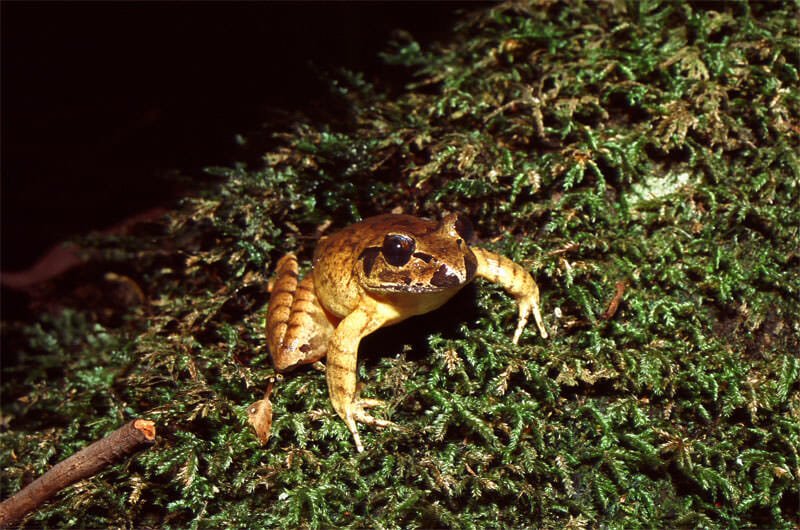
Another giant of the amphibian world that can be found in Watagans is theGiant burrowing frog(Helioporus australicus). Males of this species have very strong spade-like back feet that they use to dig burrows from which they call on rainy nights. After a good rainfall these frogs can be seen sitting on the sides of the roads and walking tracks.
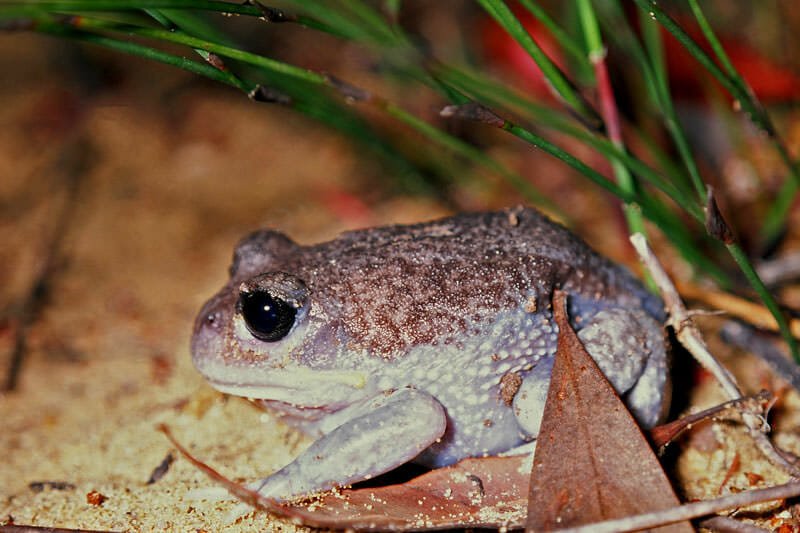
The ephemeral ponds that dot the forest floor after heavy rains can be hiding one of Sydney’s smallest and most endangered frogs – Red-crowned toadlet (Pseudophryne australis). This species is very habitat-specific, occurring only on Sydney sandstone soils and therefore being restricted to the Sydney Basin – the area in highest demand for real estate development.
Giant burrowing frogs and Red-crowned toadlets have been dealt a tough hand in terms of reproduction strategy – both species rely heavily on ephemeral ponds for breeding. And given the temporary nature of these ponds they often dry out before the tadpoles have metamorphosed into little frogs, no longer depending on aquatic environment for survival. When driving around at night, take care not to drive through water-filled gutters at the road edges – they may be harbouring the tadpoles of these endangered species.
Watagan forest
Frogs, off course, are not the only wildlife found in Watagans. While driving around at night in search of ponds and creeks, bring along a spotlight and see the forest come to life. Greater gliders (Petauroides volans) and Ringtail possums (Pseudocheirus peregrines) are often seen foraging on Eucalyptus foliage in the forest canopy. Red-necked pademelons (Thylogale thetis) and Swamp wallabies (Wallabia bicolor) can be spotted throughout the area. Yellow-bellied glider (Petaurus australis), Koala (Phascolarctos cinereus), Spotted-tailed quoll (Dasyurus maculates) and Large-eared pied (Chalinolobus dwyeri) and Yellow-bellied sheathtail (Saccolaimus flaviventris ) bats have also been recorded in the park.
There is a population of the threatened Brush-tailed Rock wallabies (Petrogale penicillata) living in the northern part of the park at Heaten Gap. Early mornings and late afternoons are the best time to see these animals as they sun themselves on the cliffs.
The Basin is home to two species of antechinus: Brown (Antechinus stuartii) and Dusky (Antechinus swainsonii). These animals are difficult to see, but sometimes they can be spotted running across the open spaces.
The day time scene is dominated by the calls of EasternWhipbird(Psophodes olivaceus), and the awe-inspiring performances of the Superb Lyrebird (Menura novaehollandiae). The birds themselves are sometimes seen scraping in the leaf litter in dense undergrowth. Some of the other common birds around the camp site are: Red-browed Finch, Eastern Yellow Robin, White-throated Treecreeper, Brown Thornbill and Eastern Spinebill.

Lace monitors (Varanus varius) are also common visitors to the camp site. Another reptile can be found by walking along the stream-side track up the hill to a set of boulders. Close examination of the crevices in the rocks should turn up a few Southern Leaf-tailed geckos (Saltuarius swaini).
Getting there
From Sydney take the F3 Freeway as far as the Peats Ridge turn off. Turn left towards Peats Ridge and at Peats Ridge turn left onto George Downes Drive. Follow the road for about 14 kilometres until Walkers Ridge Forest Road. Turn right onto Walkers Ridge Road and travel about 8km to the Basin camping ground. The road is sealed and suitable for 2 wheel drives.
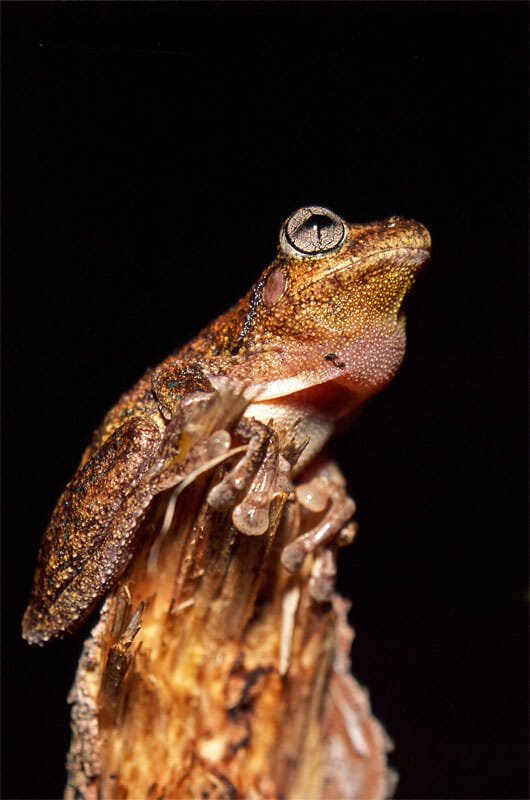
Margarita Steinhardt
I am a wildlife ecologist by training but more of a naturalist by inclination. I have been photographing wildlife for a number of years, throughout my travels in Thailand, India, Africa, and Russia, as well as my life in Australia. What drives me is the excitement of a new destination and the new species to be discovered and photographed.




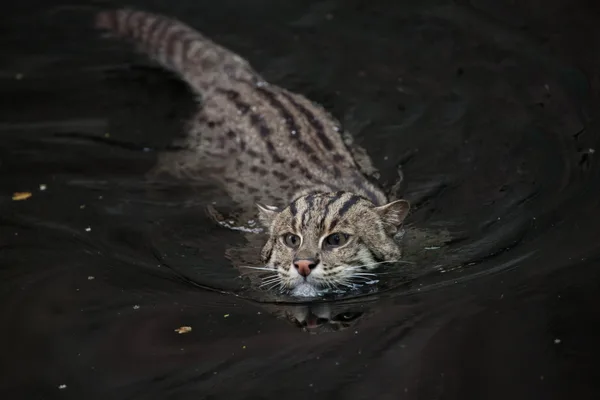


Leave a Reply